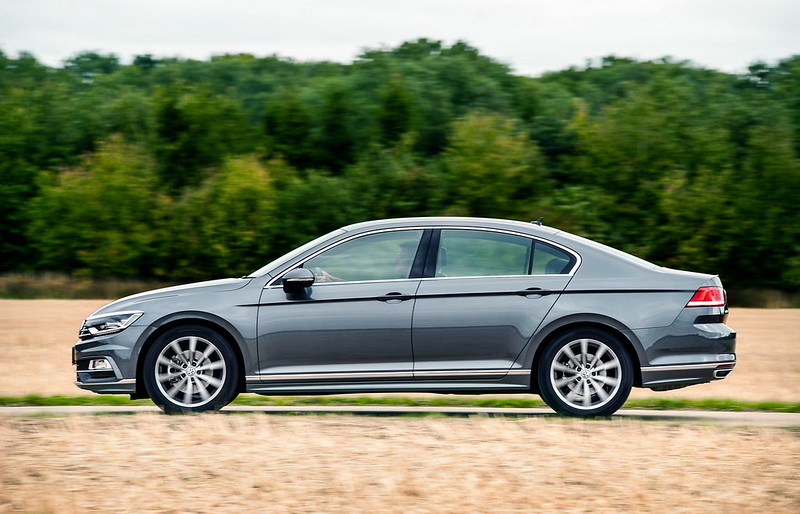Key Insights into Pirelli Tire Costs You Should Know
Pirelli, a renowned Italian tire manufacturer, has been a prominent player in the automotive industry for over a century. Known for their high-performance tires, Pirelli offers a wide range of products suitable for various vehicles and driving conditions. Understanding the costs associated with Pirelli tires is crucial for consumers looking to make informed decisions about their tire purchases. This article delves into the pricing structure of Pirelli tires, factors that influence their costs, and how to maximize value when investing in these premium tires.

What are the typical price ranges for Pirelli tires?
Understanding Pirelli tire price ranges is essential for budget-conscious consumers. Pirelli tires are generally considered premium products, and their prices reflect this positioning. The cost of Pirelli tires can vary widely depending on several factors, including tire size, model, and intended use.
On average, Pirelli tire prices can range from approximately $100 to $500 per tire. Entry-level Pirelli tires for smaller passenger vehicles typically start around $100 to $150 per tire. Mid-range options for sedans and SUVs often fall in the $150 to $300 range. High-performance tires and specialized models for luxury or sports vehicles can exceed $300 per tire, with some ultra-high-performance options reaching $500 or more.
What factors affect Pirelli tire price points?
Several key factors contribute to the variation in Pirelli tire prices. Understanding these elements can help consumers anticipate costs and make more informed purchasing decisions.
-
Tire size: Larger tires generally cost more due to increased material usage and manufacturing complexity.
-
Tire type and intended use: Specialized tires, such as those designed for high-performance vehicles or off-road use, often command higher prices due to advanced technologies and materials.
-
Tread pattern and design: More complex tread patterns, which may offer better performance in specific conditions, can increase production costs and, consequently, retail prices.
-
Technology and materials: Pirelli incorporates various advanced technologies and premium materials in their tires, which can significantly impact the final cost.
-
Season and demand: Prices may fluctuate based on seasonal demand, with winter tires potentially costing more during peak seasons.
How do common Pirelli tire models compare in price?
To provide a clearer picture of Pirelli tire costs, let’s compare some popular Pirelli models across different categories:
| Tire Model | Vehicle Type | Average Price Range (per tire) |
|---|---|---|
| P4 Four Seasons Plus | Passenger Car | $100 - $150 |
| Cinturato P7 All Season Plus | Sedan/Crossover | $150 - $250 |
| Scorpion Verde All Season Plus | SUV/Crossover | $175 - $300 |
| P Zero | High-Performance | $200 - $400 |
| P Zero Corsa | Ultra-High-Performance | $350 - $500+ |
| Winter Sottozero 3 | Winter Tire | $175 - $350 |
Prices, rates, or cost estimates mentioned in this article are based on the latest available information but may change over time. Independent research is advised before making financial decisions.
How can you maximize value when purchasing Pirelli tires?
While Pirelli tires are often priced at a premium, there are several strategies consumers can employ to maximize value:
-
Compare prices across multiple retailers: Prices can vary significantly between tire shops, online retailers, and dealerships.
-
Look for promotions and rebates: Pirelli occasionally offers rebates or promotions, especially when purchasing a full set of tires.
-
Consider the total cost of ownership: While initial costs may be higher, Pirelli tires often offer excellent longevity and performance, potentially providing better value over time.
-
Choose the right tire for your needs: Selecting a tire that matches your driving habits and vehicle requirements can ensure optimal performance and longevity.
-
Take advantage of warranty options: Pirelli offers various warranty programs that can provide additional value and peace of mind.
-
Maintain your tires properly: Regular rotation, balancing, and proper inflation can extend tire life and maximize your investment.
Understanding Pirelli tire costs involves considering various factors beyond just the initial price tag. By examining price ranges, comparing models, and employing smart purchasing strategies, consumers can make well-informed decisions when investing in Pirelli tires. While these premium tires may come with a higher upfront cost, their performance, durability, and potential long-term value often justify the investment for many drivers seeking quality and reliability in their tire choices.




